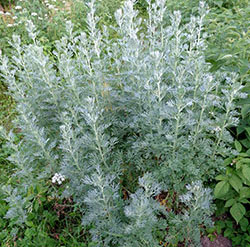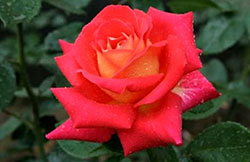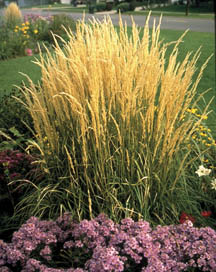
Water saving, xeriscape landscapes have many looks because of the wide variety of interesting plants available. The features that make plants visually interesting often are the features that allow them to thrive on little water. For example, the silver leaves of lamb’s-ears, lavender and gray santolina reflect the drying heat of the sun so the plant doesn’t lose water from its leaves.
What makes xeriscape plants different?
Many xeriscape plants, like poppy mallow, develop deep roots and can store water. Poppy mallow’s magenta flowers and green leaves complement the silver leaves of lamb’s-ears, lavender or gray santolina.
Are xeriscape plants adapted to Colorado?
Many native plants are well adapted to this region’s semi-arid climate. They continue the look of a natural area into a cultivated garden. Keep in mind that some plants native to the Rocky Mountains require more water and cooler exposures, so all are not suitable choices for a xeriscape. Be sure to incorporate them into the proper microclimate of a garden.
Are roses a good xeriscape choice?

Roses do not usually prosper in bone dry soil. There are roses that will grow with less water but it is recommended to apply 3” of mulch and apply some additional water to maintain vitality. A few varieties are Sweetbriar, Father Hugo’s Rose and Wood’s Rose.
What about grasses?

Grasses are a dominant plant of the western landscape. Xeric shrubs tend to have a fine texture and make good combinations with evergreens such as junipers and pines. Xeric shrubs include lilac, beauty bush, Apache plume, Peking cotoneaster and blue mist spiraea. There are few truly drought tolerant trees, but a few examples are Kentucky coffee tree, bur oak, honeylocust and western catalpa.
Check the xeriscape plant section at garden centers and nurseries for more plant selections and information.
For “Native Plants” refer to script 1710.
For more information, see the following Planttalk Colorado™ video(s).
For more information, see the following Colorado State University Extension fact sheet(s).



